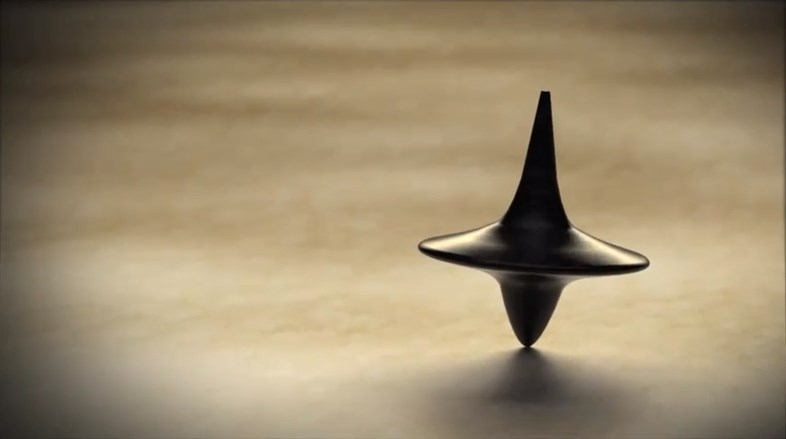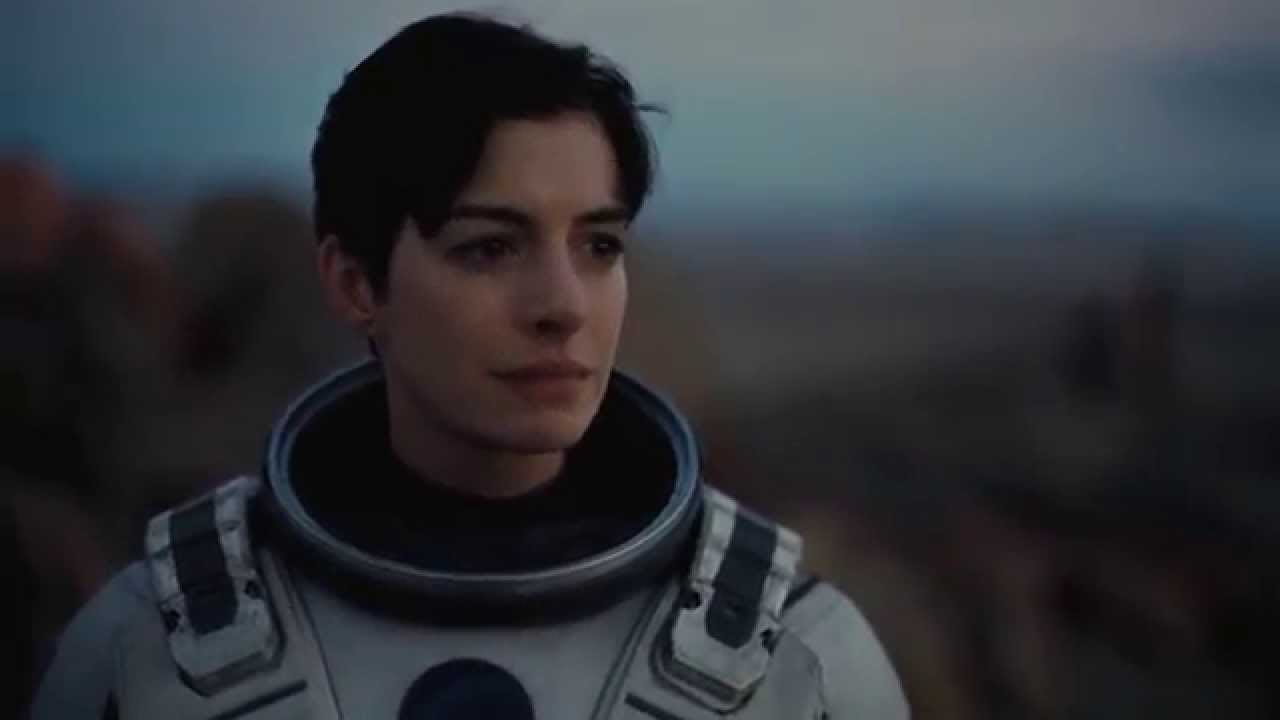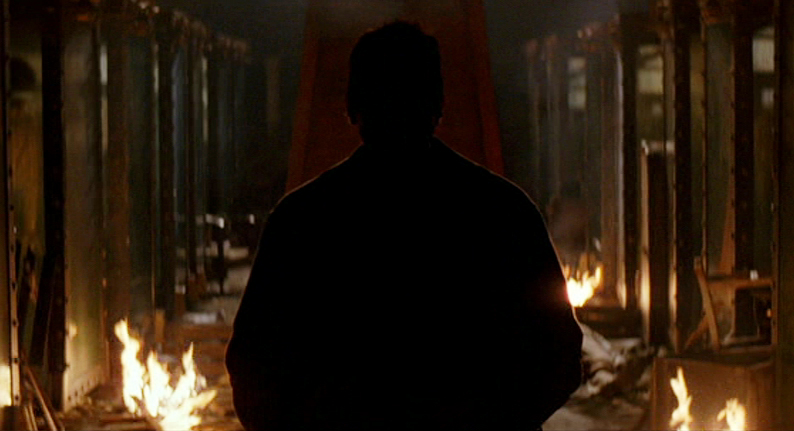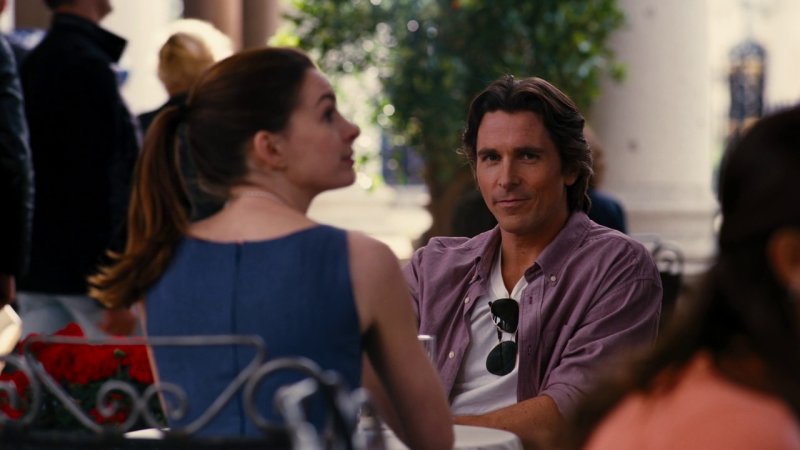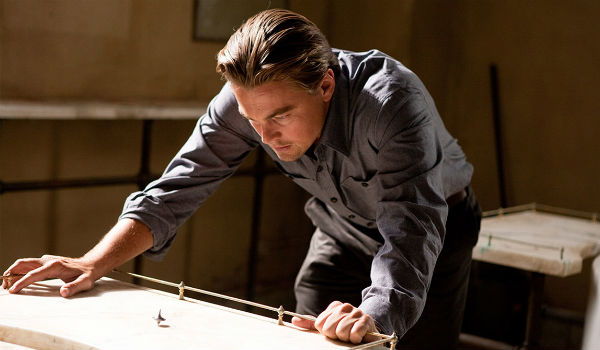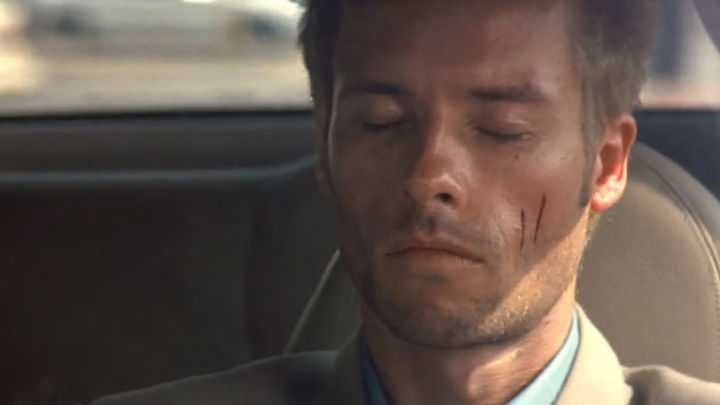“I have been interested in dreams, really since I was a kid. I have always been fascinated by the idea that your mind, when you are asleep, you can create a world in a dream and you are perceiving it as though it really existed.”
– Christopher Nolan
SPOILER ALERT: Though the statute of limitations has long expired on these films, if you HAVE NOT viewed these films or want to view them someday spoiler-free, please, pretty please with a strawberry on top, DO NOT PROCEED! There’s no wrath quite like the internet comments section and I’m doing my best to not incur it. Okay, everyone still here? In times like this, the immortal Triple HHH usually asks, “Are you ready?” Since I can’t hear you, I will assume you are. And here we go…
Christopher Nolan is a film junkie’s dream come true. He reigns supreme as the modern day auteurist king in a land of assembly lined blockbusters. His films are technical spectacles that dazzle in demonstration, open to viewer’s interpretation, and puzzle like in presentation. His films always push the art form of cinema beyond its brink.
Christopher Nolan films can be enjoyed on several levels but what people always look forward to is how they end. So, the five films humbly presented below are his five most discussed, dissected, and divisive film endings. Enjoy!
1. Interstellar
The Movie: Perhaps Christopher Nolan’s most grandiose and emotional film also happens to be his most divisive. It’s probably the only ending in movie history that made people wonder, “Okay, did a book shelf really help save humanity?”
Ending: Cooper is in a tesseract which takes the form of a book shelf. Created by fifth dimension future humans through gravity, this tesseract is a place where time and space; future and past intertwine. Cooper sends the gravity equation to his grown up daughter Murph through Morse code. Saving humanity, Cooper was saved and reunited with an elder, dying Murph before making his way to Dr. Amelia Brand to start humanity on another planet. Alright, alright, alright (you knew it was coming).
Explanation: Actually, this ending isn’t as ambiguous as others on this list. If any Christopher Nolan film was meant to be more ambiguous, this was it. At the beginning of the film, there were so many questions; the biggest being who were “they”. The neat, tidy tie-up of who “they” are is open and shut.
Any explanation from cosmic, to aliens and even God was on the table. Dr. Brand’s monologue about love being a force that transcends everything not only echoes Cooper and Murph’s story arc, but increased intrigue of who “they” were. Plus, love is almost a forbidden word in Nolaniverse. Interstellar is a still a great film but the open ended interpretation was lacking for such a grand concept.
2. The Prestige
The Movie: The Prestige is a bit of a forgotten film. Sandwiched between Batman Begins and The Dark Knight, the film is about dueling magicians Robert Angier and Alfred Borden. While Angier is more of a showman, Borden has more actual talent and dedication. Their rivalry starts with a legit incident but after a certain point, both men fixate on each other with dire consequences to all around them.
Ending: Borden’s assistant, Fallon, is revealed to be Borden’s identical twin. Freddy Borden is the one who was hanged but they shared one life together, which was the secret behind their “The Transported Man” trick. Angier uses Tesla’s machine to duplicate himself and had the “copy” killed. This explains how Borden was convicted of murdering Angier. Borden shoots Angier, killing him for real this time.
Explanation: The meaning behind The Prestige ending lies in the way it plays in moral gray areas and muddles identity. Both men lose themselves in their feud, it becomes their identity. The death of Angier’s wife was the reason this feud started but he even acknowledges after a certain point he didn’t care. They sacrifice everything and everyone at the altar of their feud, which is their true act. It’s heartbreaking to watch.
3. The Dark Knight Rises
The Movie: The Dark Knight trilogy has the distinction of being one of the best trilogies in all of cinema. If The Dark Knight represented the series high mark in terms of quality, The Dark Knight Rises was the emotional pinnacle of Bruce Wayne’s journey as Batman.
Ending: The ending seemed straight forward. All the themes of the previous films were recalled and all the threads were tied up. Bruce Wayne saved Gotham and got away with the girl. He even exchanged a knowing nod with Alfred! Or did he? Earlier in the film, Alfred tells Bruce about his fantasy of seeing him live a happy life beyond Gotham. With the bomb exploding and all, this line of dialogue cast a shadow of doubt on if Bruce really got away or if Alfred’s imagination was running away with him.
Explanation: With this film coming out in the wake of Inception, the “Alfred fantasy” theory got a lot of run. However, the way Nolan chose to end the film treads closer to the biggest theme of The Dark Knight trilogy; Batman is a symbol of inspiration. One of the things discussed throughout the films was the idea of Bruce finally being able to step away from the cowl at some point.
Bruce is torn between this desire to be Batman but also his need to pass on the mantle. He and Alfred had the same desire but different ideas on how it had to happen. This made Harvey Dent’s death so devastating; Bruce lost a chance to pass his mantle to someone else. He redeems this when he passes it onto John Blake. Alfred’s fantasy and Bruce’s desire finally line up, creating dream into reality.
4. Inception
The Movie: Inception proved to be a major touchstone for cinema. The dream within a dream within a dream within a blaring horns session was great to behold. Well into this decade, this film still holds up with an ending for the ages.
Ending: After landing in America, Cobb finally goes home. He spins his totem to make sure he’s not dreaming but the reality of seeing his children is too precious to pass up and he forgets about the totem. The camera does not; it leaves Cobb and stays with the totem as it continues to spin. It wobbles a little and then—
Explanation: There are so many theories on this. The most unique one involves Michael Caine’s character incepting Cobb. However, the meaning can’t be found in if Cobb woke up or if he’s still dreaming or if he’s in someone else’s dream. He finally gets to the point where it didn’t matter anymore.
After playing around in people’s minds for so long, Cobb realized he didn’t want to deny the one thing no one could plant in him or extract from him, the love of his children. The point of him leaving the totem behind and seeing his children is that he’s chosen to accept this as his reality, dream or no dream.
5. Memento
The Movie: The film that put Christopher Nolan on the map and created a seismic shake in 2000, Memento continues to stir debates amongst cinema lovers. It’s a delicious slice of twisty neo-noir with the unreliable narrator to end all unreliable narrators. Planting audiences in Leonard’s “condition” colored the proceedings with several shades of gray and made him sympathetic. However, the ending (or beginning) questions the very things the audience accepted about Leonard, Sammy Jankis and everything else.
Ending: Leonard meets up with Teddy and they kill “John G” but Leonard notes that he’s not the right person. Teddy explains that his wife survived the attack, they killed the real John G over a year ago and he was the cop assigned to the case. He also tells Leonard or “Lenny” that his wife had diabetes and he essentially is Sammy Jankis.
Teddy also tells Leonard that he creates his “own truth”, taking out pages of the police report and creating a purpose for himself. Teddy also tells him that he’s a John G. Leonard throws Teddy’s keys as a distraction to take down his license plate and well, we know how it begins.
Explanation: This one is tricky. The brilliance of this film is that it’s a matter of perspective. All three characters are lying and untrustworthy but at the same time they show empathetic sides. The revelation about Leonard at the end brings into question whether or not he can form new memories. For example, he’s driving around in the dead drug dealer’s car. Leonard tells Teddy the car and his money comes from the life insurance payout from his wife’s death, which, of course, is a lie.
So, it really comes down to a Sophie’s Choice situation as far as who does the viewer believe. If Teddy’s version of events is true, then Leonard has been lying to himself and has some form of memory function. It means Leonard does create his own truth. The problem is that Teddy proves to be nothing but a compulsive liar. He tells Leonard the “truth” knowing he will forget.
How many times has told him? How many different versions of the “truth” has he told? If the audience believes Leonard, then he may still be looking for his wife’s murderer and Teddy is an obstacle in the way of his quest. Plus, Teddy has been using him for who knows how long for his own means. Then again, Leonard “conditioning” himself to go after Teddy means he knows the truth about what happened and wants to forget.
Author Bio: Donte’ Slocum is a just your normal, everyday writer attempting to feed his family of one while making a living as a writer. Or die trying.
